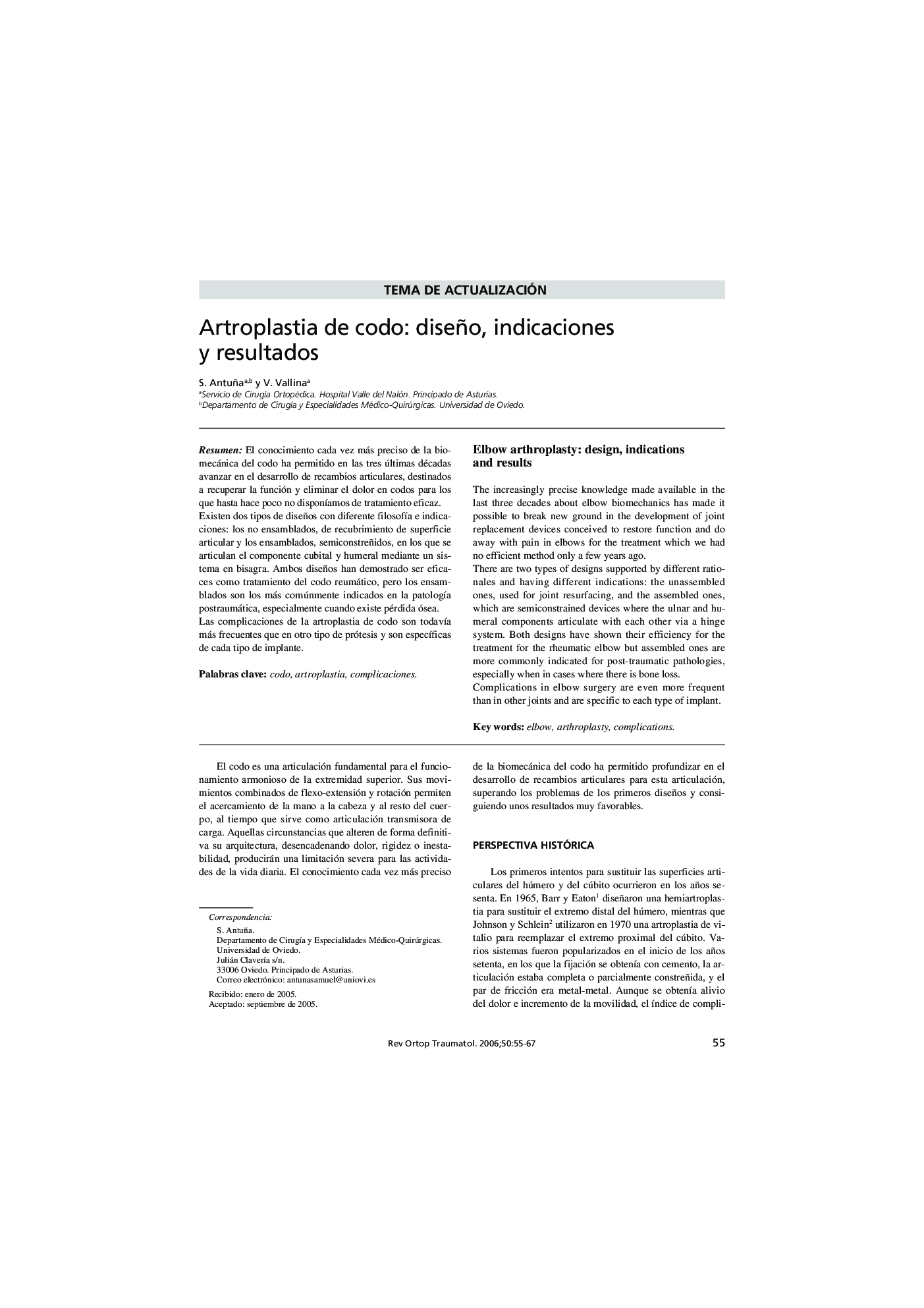| Article ID | Journal | Published Year | Pages | File Type |
|---|---|---|---|---|
| 4088142 | Revista de Ortopedia y Traumatología | 2006 | 13 Pages |
ResumenEl conocimiento cada vez más preciso de la biomecánica del codo ha permitido en las tres últimas décadas avanzar en el desarrollo de recambios articulares, destinados a recuperar la función y eliminar el dolor en codos para los que hasta hace poco no disponíamos de tratamiento eficaz. Existen dos tipos de diseños con diferente filosofía e indicaciones: los no ensamblados, de recubrimiento de superficie articular y los ensamblados, semiconstreñidos, en los que se articulan el componente cubital y humeral mediante un sistema en bisagra. Ambos diseños han demostrado ser eficaces como tratamiento del codo reumático, pero los ensamblados son los más comúnmente indicados en la patología postraumática, especialmente cuando existe pérdida ósea. Las complicaciones de la artroplastia de codo son todavía más frecuentes que en otro tipo de prótesis y son específicas de cada tipo de implante.
The increasingly precise knowledge made available in the last three decades about elbow biomechanics has made it possible to break new ground in the development of joint replacement devices conceived to restore function and do away with pain in elbows for the treatment which we had no efficient method only a few years ago.There are two types of designs supported by different rationales and having different indications: the unassembled ones, used for joint resurfacing, and the assembled ones, which are semiconstrained devices where the ulnar and humeral components articulate with each other via a hinge system. Both designs have shown their efficiency for the treatment for the rheumatic elbow but assembled ones are more commonly indicated for post-traumatic pathologies, especially when in cases where there is bone loss.Complications in elbow surgery are even more frequent than in other joints and are specific to each type of implant.
